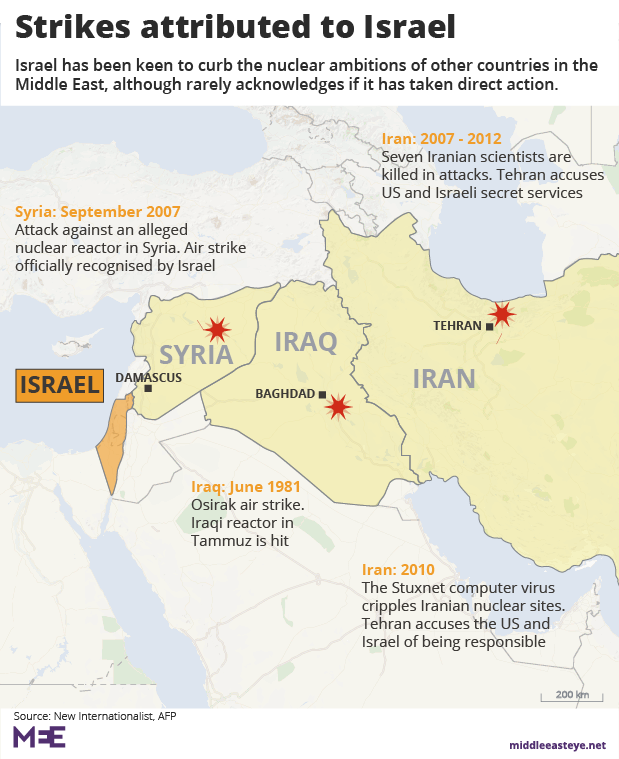Date: Wednesday, 09 May 2018
Tehran's nuclear ambitions caused tension with the international community before agreement was reached in 2015.

Even before he took office, US President Donald Trump repeatedly criticised the 2015 nuclear deal, signed between Tehran and the P5+1 group - the US, the UK, France, China, Russia and Germany - in July 2015. Trump announced on 8 May 2018 that he was withdrawing the US from the agreement.
At the core of the Iran nuclear deal is the ways through which Tehran enriches and stores chemicals with the capability to create nuclear weapons.

Tension has existed between the West and Iran since the late 1970s and the ascension to power of the Ayatollah Khomeini and the West's support for Iraq during the Iran-Iraq war (1980-1988). That often-strained relationship has been exacerbated still further during the past two decades by Iran's nuclear ambitions.

The Iranian economy and society have been impacted - either positively or negatively - by the imposition and lifting of sanctions during the past few decades.

The nuclear deal, agreed in July 2015 and with which Iran complied by the following year, was made possible as relations improved between Tehran and Washington, especially following the election of Iranian President Hassan Rouhani in 2013.

Israel, the only country in the Middle East to have nuclear weapons, has been a staunch opponent of Tehran's nuclear programme for several years. In late April 2018, Benjamin Netanyahu revealed what he said was a "half tonne" of Iranian documents collected by Israeli intelligence and which he said proved Tehran had covered up a nuclear weapons programme before signing the 2015 deal. But many of the deal's signatories took issue with the allegations, including the IAEA, the UN’s nuclear watchdog.

Israel is not the only Middle East power which supports Washington as it takes a tougher line with Tehran. Saudi Arabia and Iran have been rivals in the region for several decades, most recently in Yemen, Syria and Lebanon. In March 2018, Saudi Crown Prince Mohammed bin Salman said the kingdom might be forced to develop its own weapons: "Saudi Arabia does not want to acquire any nuclear bomb, but without a doubt if Iran developed a nuclear bomb, we will follow suit as soon as possible."
